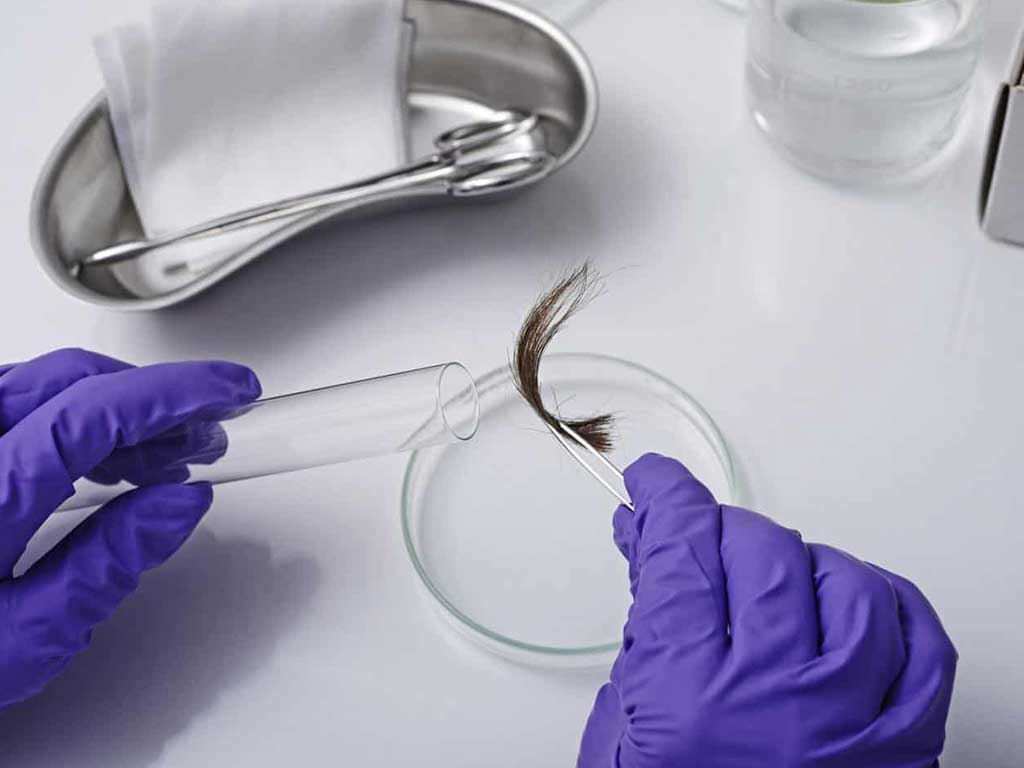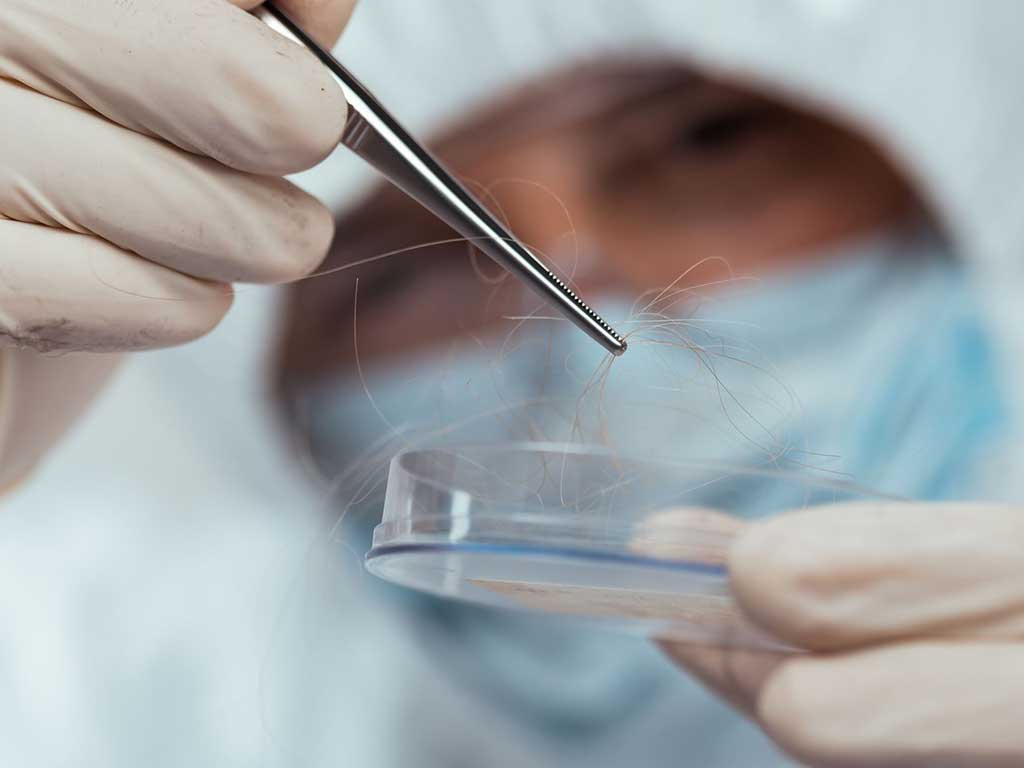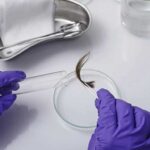EtG Alcohol Hair Test – What It Is, How It Works, and How Accurate It Is
09 November, 2023

The Ethyl Glucuronide or EtG alcohol hair test is a method to detect the presence of ethanol in the system. This approach is gaining popularity as it can monitor alcohol metabolites over a longer period of time. Accordingly, the method works as the concentration of EtG is incorporated in the hair shaft, providing a historical record of alcohol consumption. The hair testing is accurate as the hair samples undergo a series of tests, including confirmatory assessments.
Excessive alcohol consumption is a serious problem that can have severe consequences. As a result, various methods of alcohol testing are present to monitor and detect consumption of alcohol. Alcohol testing has become increasingly important in various industries and legal situations. Traditional methods such as breathalysers and urine tests have their limitations, leading to the development of alternative testing methods. This article will present about hair alcohol testing, how it works, and the accuracy of the assessment.
What is the EtG Alcohol Hair Test
An EtG alcohol hair test is a type of testing to detect the metabolite of ethanol over a longer time period. It analyses human hair for EtG, which the body produces after metabolising ethanol. This test is common in certain situations where there is a need to determine the history of intake of ethanol. Additionally, hair follicle testing can provide accurate results and have a wider alcohol detection window.
During ethanol metabolisms, the liver breaks down the substance and converts it into different byproducts, including EtG. When someone has excessive drinking, traces of EtG are incorporated into the hair shaft. Since hair grows at a relatively constant rate, the presence of EtG in the hair provides insight into the pattern of alcohol consumption.
It is important to note that the EtG testing is primarily to determine excessive or chronic alcohol consumption. Thus, it may not be as effective for detecting occasional or one-time use of alcoholic beverages. The EtG tests through hair alcohol tests can be beneficial for various scenarios. For instance, it may be for child custody disputes or safety-sensitive roles like mining and construction.
Advantages of the Procedure
There are many benefits of the procedure in comparison to the saliva, breath, blood or urine tests.
- Detection window – the test can reveal detection of alcohol consumption for several months, particularly three months.
- Accuracy and reliability – the sample of hair contains a history of alcohol use, which allows for a more comprehensive assessment.
- Objectivity – hair analysis provides concrete evidence of alcohol misuse.
- Non-invasive – the process of the sample collection is non-invasive and relatively simple. Unlike blood tests, which can be uncomfortable and painful.
- Longevity of sample – the sample collection can be stored for extended periods without compromising the accuracy of results.

How EtG Alcohol Hair Test Works
EtG alcohol hair test analysis hair samples to determine the presence of markers of alcohol consumption. The process begins with the collection of a sample of head hair, usually from the scalp. Hair grows at an average of around 0.5 inches per month. Each strand retains alcohol markers from the time it emerges from the scalp.
After collecting hair samples, it is sent to a laboratory for analysis. The laboratory professionals prepare the hair sample by washing it to remove any external factors that might interfere with the test. In the lab, the hair is typically finely cut into small pieces. These pieces undergo a series of chemical processes to extract and identify hair EtG concentrations.
Accordingly, this allows for a precise identification and quantification of EtG. A testing process called mass spectrometry measures the level of EtG molecules to determine the concentration of excessive alcohol intake. Subsequently, the final test result indicates the absence or presence of ethanol. With positive results, it outlines that there is a detection of alcohol abuse within the detection period.
How Much Hair is Needed
The amount of hair needed for the test can vary depending on the testing protocol and the laboratory. Generally, a small sample of hair, usually about 1.5 inches in length or approximately 100 strands. This amount of hair is typically sufficient to provide an accurate and reliable result for detecting the presence of alcohol metabolites in the hair shaft.
To put it into perspective, 1.5 inches of hair is approximately equivalent to the length from the scalp to the tip of a pencil eraser. This length provides a suitable portion for analysis, allowing the laboratory to extract the necessary information for testing.

Accuracy and Reliability of the EtG Alcohol Hair Test
The EtG alcohol hair test is both accurate and reliable due to several factors. Firstly, the accuracy of the test lies in its ability to detect the specific metabolite. Once deposited in the hair shaft, it cannot be washed out or broken down by external elements. This means the test can monitor excessive alcohol consumption over a longer period.
Secondly, the reliability of the hair follicle testing conforms to dependable laboratory techniques. Hair sample typically goes through methods like Gas Chromatography-Mass Spectrometry (GC-MS) or Liquid Chromatography-Tandem Mass Spectrometry (LC-MS) These techniques provide precise and specific measurements, minimising the chances of false positives or false negatives.
In comparison to other testing methods, hair tests offer a wider detection window. A urine test, for instance, can only provide information about recent alcohol consumption as ethanol quickly clears from the body. Breath tests also have limitations in detecting ethanol within a shorter time frame. In contrast, EtG testing allows for a retrospective view, which is useful for serious cases.
Factors that May Lead to a False Positive
In alcohol hair testing, false positives can occur due to various factors. One factor that may lead to a false positive is the use of certain hair products or treatments. These products can potentially damage the hair and result in an inaccurate outcome. Another factor is exposure to environmental sources of ethanol.
This can include being in a room with high liquor vapours or being in contact with surfaces with ethanol. Additionally, certain medical conditions or medications can produce high alcohol levels. This can interfere with the test and lead to a false positive result.
Conclusion
EtG alcohol hair test provides a more accurate and reliable approach for assessing ethanol consumption. The method is less invasive and easy to administer with the help of laboratories. This involves the collection of hair samples and sending them to a professional for testing. Unlike other testing methods, this assessment extends a wider detection window to monitor the historical use of excessive alcohol consumption. Hence, it is also objective, provides longevity of the sample, and is useful for legal cases.
Accordingly, the way the testing works eliminates or minimises the risk of false positives and false negatives. It undergoes several testing procedures, such as GC-MS and LC-MS, for a more precise and accurate result. The test requires hair in 1.5 inches of hair and approximately 100 strands. Nevertheless, people must consider the factors that can lead to false positives. This may include hair cosmetic treatment, exposure to outside factors, and medications.






























